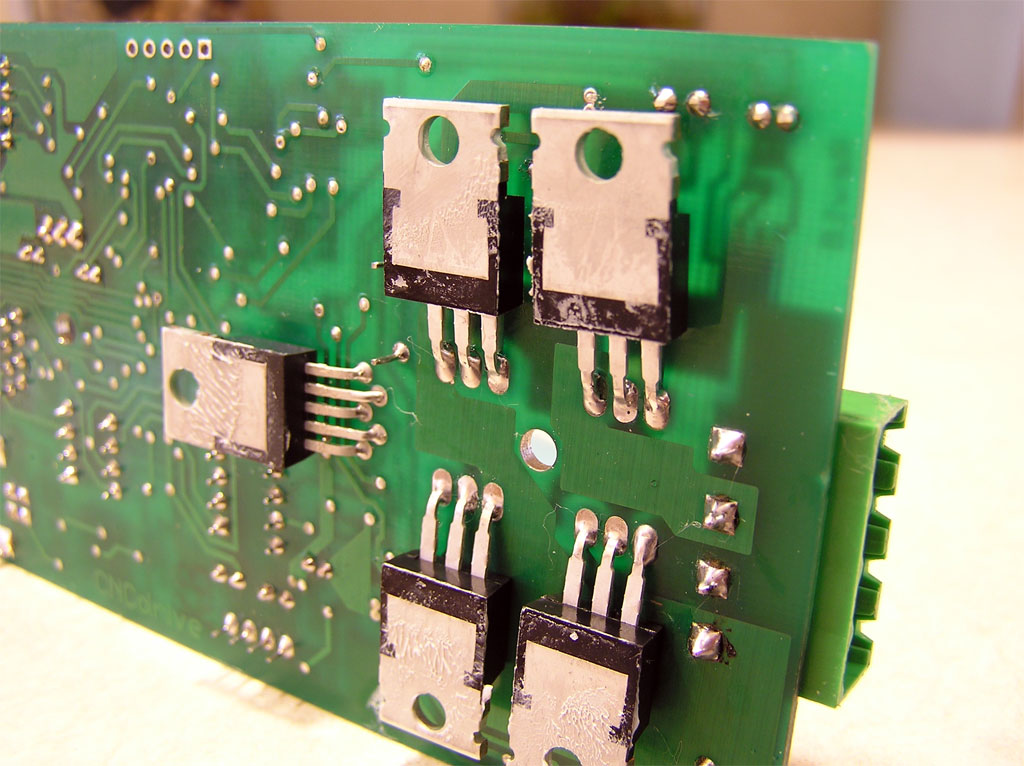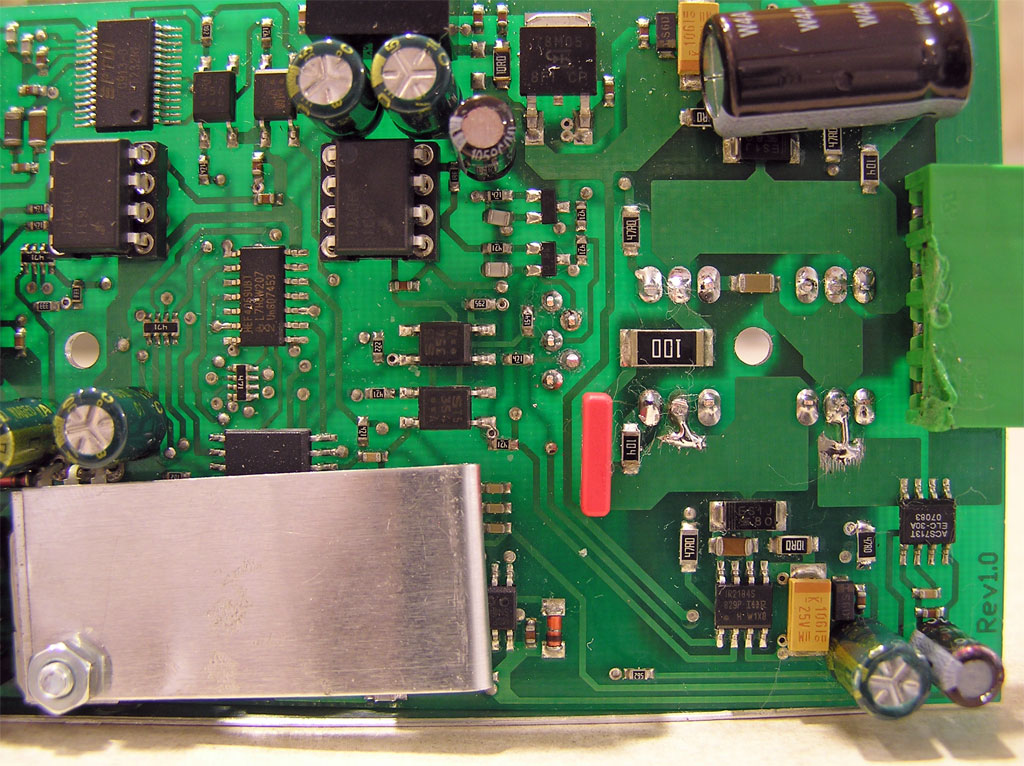971
General Mach Discussion / Re: Has anyone used Granite devices VSD-E sevro drives?
« on: September 09, 2009, 08:55:52 AM »
Granite has posted on their website officially that their drive can control two separate servo motors. This changes the landscape considerably.
EDIT: note that this is accomplished thur a user installable firmware update!
The product went from most expensive to least expensive in one step. I have a little homework to do on it, but it looks like I will be reviewing the drive since it is now definitely priced competitively.
I am about done with the CNCdrive product reviews (Dugong and Whale3), but I have sold the 4th axis prototype and will be making a new one from scratch which will take a while with my current schedule. The servo drives are targeted at the 4th axis, so until I have the next prototype built, there is no sense in reviewing a drive for it. Stay tuned though.
EDIT: note that this is accomplished thur a user installable firmware update!
The product went from most expensive to least expensive in one step. I have a little homework to do on it, but it looks like I will be reviewing the drive since it is now definitely priced competitively.
I am about done with the CNCdrive product reviews (Dugong and Whale3), but I have sold the 4th axis prototype and will be making a new one from scratch which will take a while with my current schedule. The servo drives are targeted at the 4th axis, so until I have the next prototype built, there is no sense in reviewing a drive for it. Stay tuned though.


 This is what happened:
This is what happened:


